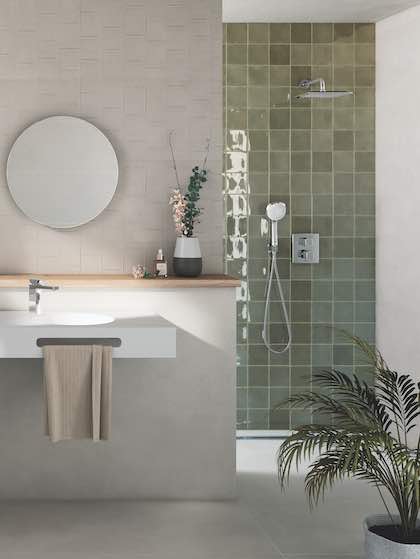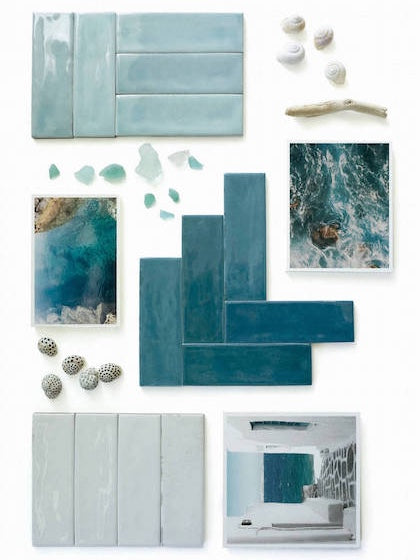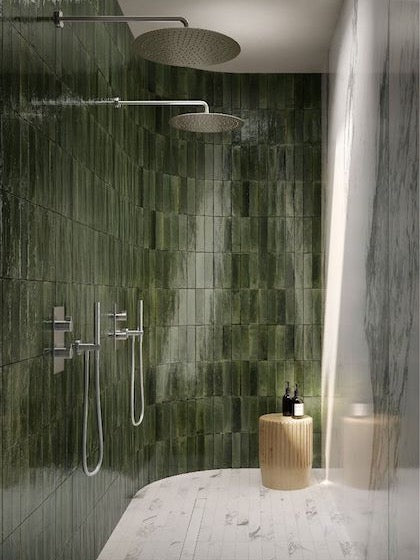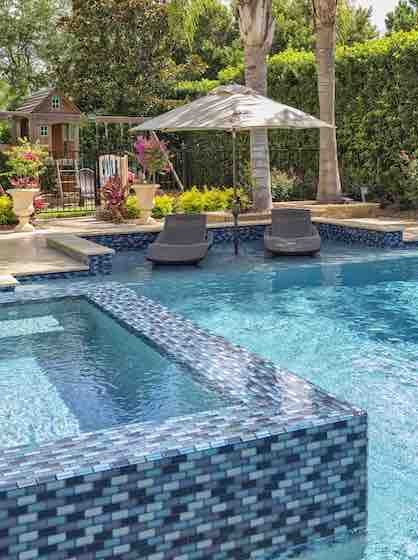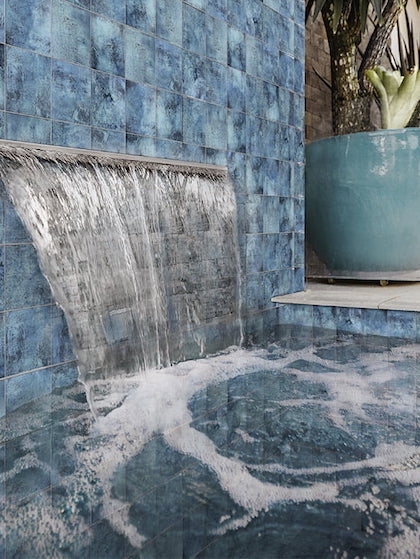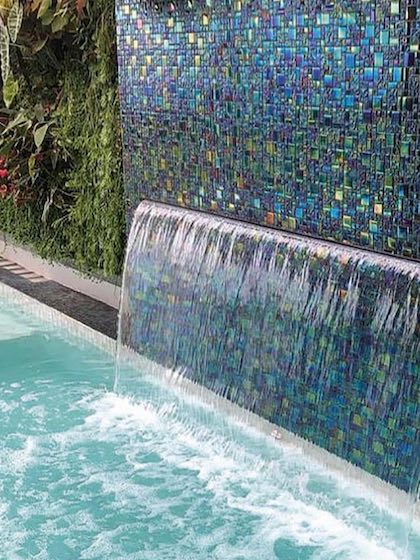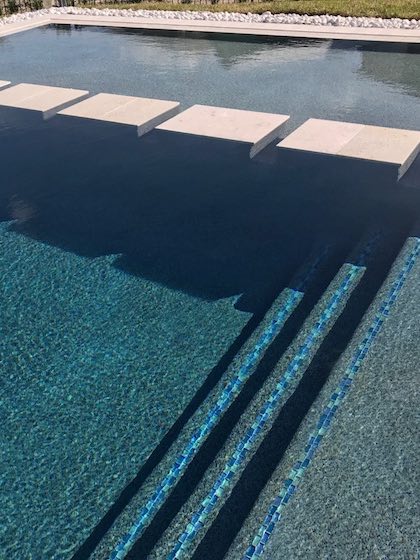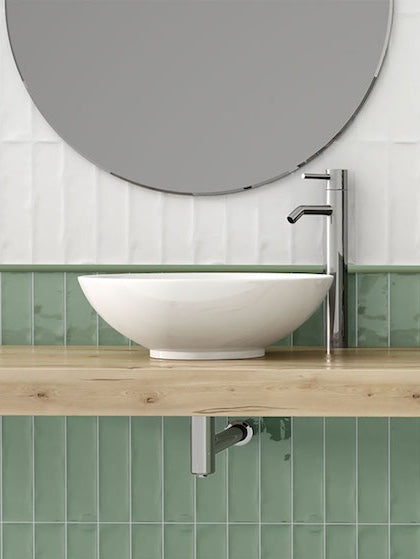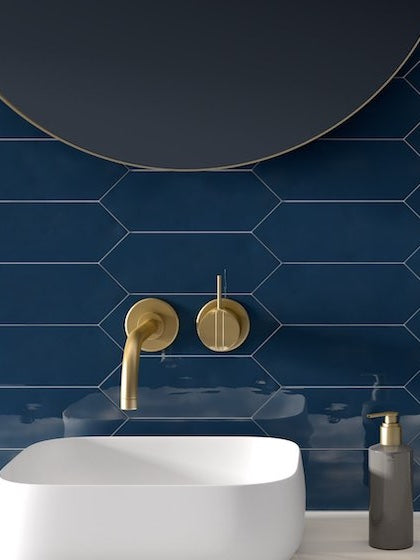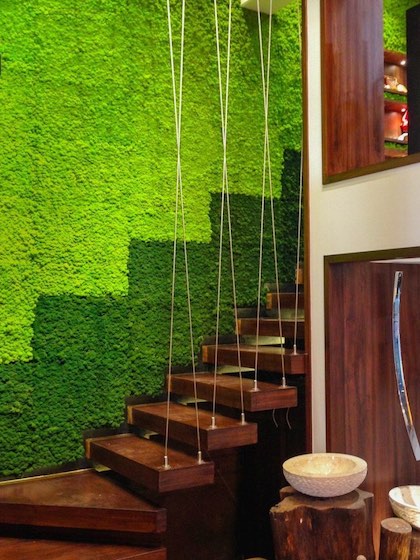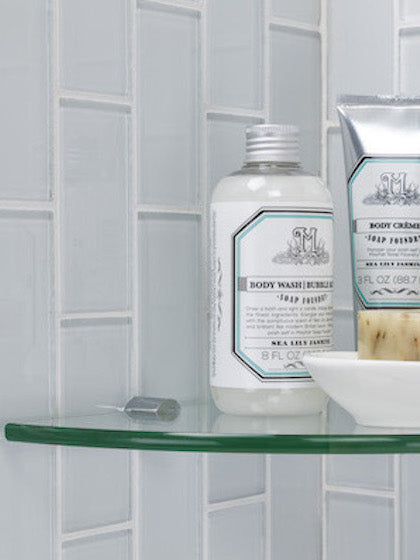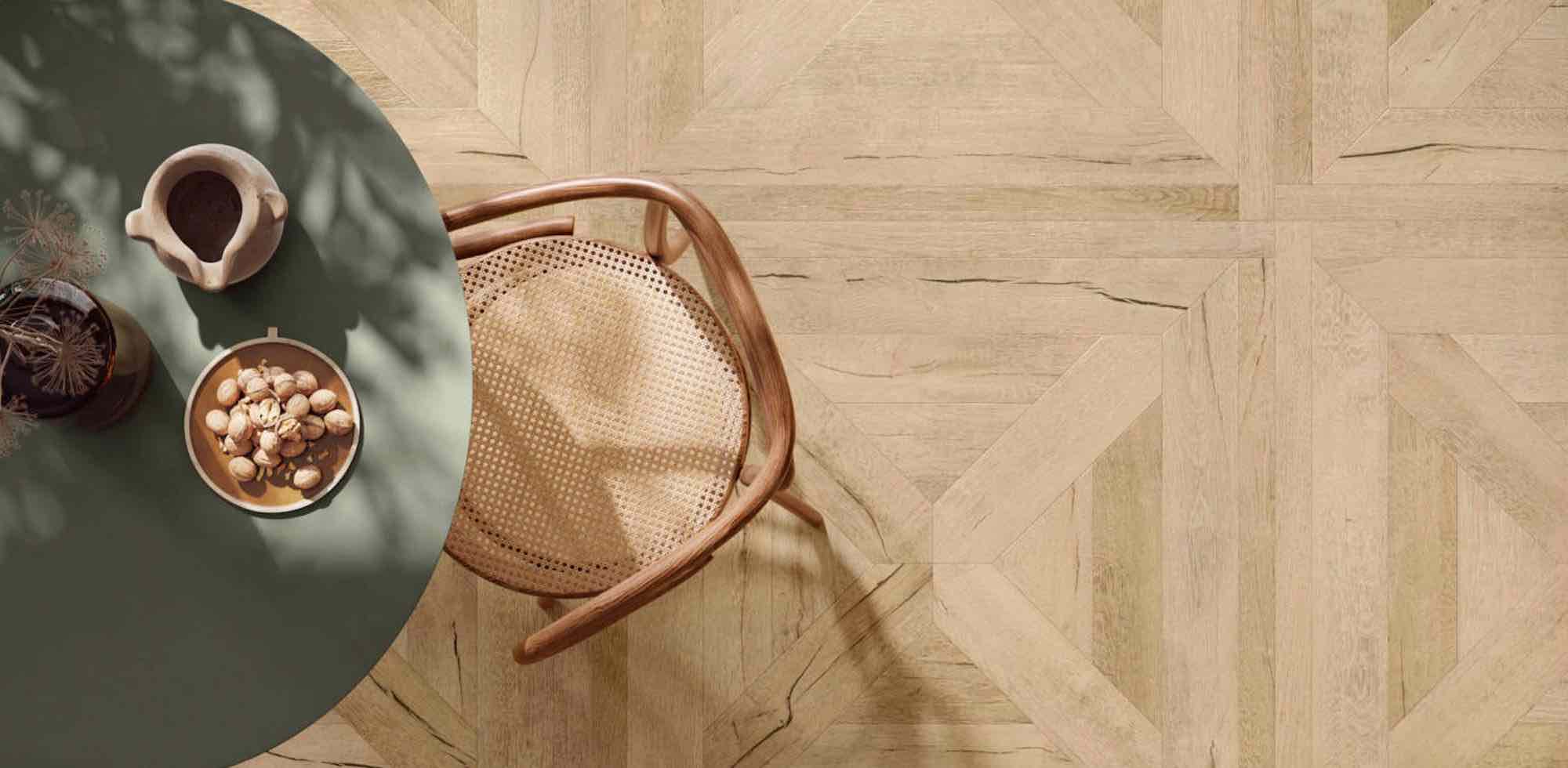Tools & Materials
- Tiles
- Grout
- Rubber grout float
- Bucket and sponge
- Painter's tape
- Tape measure
- Mortar/Adhesive
- V-notched trowel
- A pair of scissors
The surface needs to be firmly fixed, flat, clean, dry, free of dust, oil, and sealers to ensure proper adhesion. Aluminum tiles are not recommended for wet areas such as showers and swimming pools.
Prepare the wall: clean, take the measurements to determine the number of tile sheets needed (add 10% to account for waste and future repairs in case you need). The same process works for field tiles such as aluminum subway tiles.
Inspect each tile for any imperfections before installing it.
Use a square and level to draw gridlines to ensure straight and even installation. Use tape to mark installation area.
Step 1: Apply Mortar/Adhesive
Apply the tile adhesive to the wall using the flat side of a v-notch trowel. Now, using the v-notched side, rake the adhesive to create ridges of the proper depth and size.
Never use Ceramic Tile Mastic for the installation of aluminum, stainless, and glass mosaic tiles. Use a thin-set modified with polymer or latex, compliant with ANSI 118.4 and recommended for glass or vitreous tile installation by the manufacturer.
Mortar/adhesive dries quickly, so be careful and spread only as much adhesive as you can tile in about 10-15 minutes.
Step 2: Apply Aluminum Mosaic Tile Sheets
Start placing the mosaic tile sheets to the wall. Begin your installation at the most visible part of the wall and work outwards from there. That is a safe way to guarantee that the most visually exposed part of the wall is well centered.
Use a rubber grout float on the tile sheets to apply light and even pressure to ensure grip with the adhesive.
Before applying grout, make sure that the desired area is completely covered with tiles and that you’ve allowed the mortar/adhesive to set as the manufacturer recommends. It usually takes about 24 hours.
Cutting the Aluminum Metal Chips
You are going to need a tile wet saw or a chopped saw with the appropriate blade for cutting aluminum. Before start cutting, protect your eyes, and cutting must be performed slowly to avoid the buildup of high temperatures, which could discolor the surface of the tile.
Cut the tiles facing up.
Step 3: Applying Grout
Apply the grout with a rubber grout float working diagonally across the tile. 3D or Split-Face Aluminum Tiles with no grout joint do not require grout and therefore is not recommend for outside areas where it is subject to heavy humidity and dust. Force grout into the joints until they are full. Use a grout float to take off any excess grout. Allow the grout to set for 7-10 minutes (check manufacturer’s recommendation).
Attention: Do not use sanded grout on metal tiles as it may scratch the surface of the tile. Epoxy grout is recommended for joints bigger than 1/8 of an inch.
Step 4: Cleaning
To remove excess grout, and clean any haze from the surface of the tile use a damp sponge. A proper sponge for tile-jobs is recommended due its rounded edges and texture. You can find it at any hardware or tile store.
Repeat the process, using fresh water each time, until the tile surface is free of grout.

